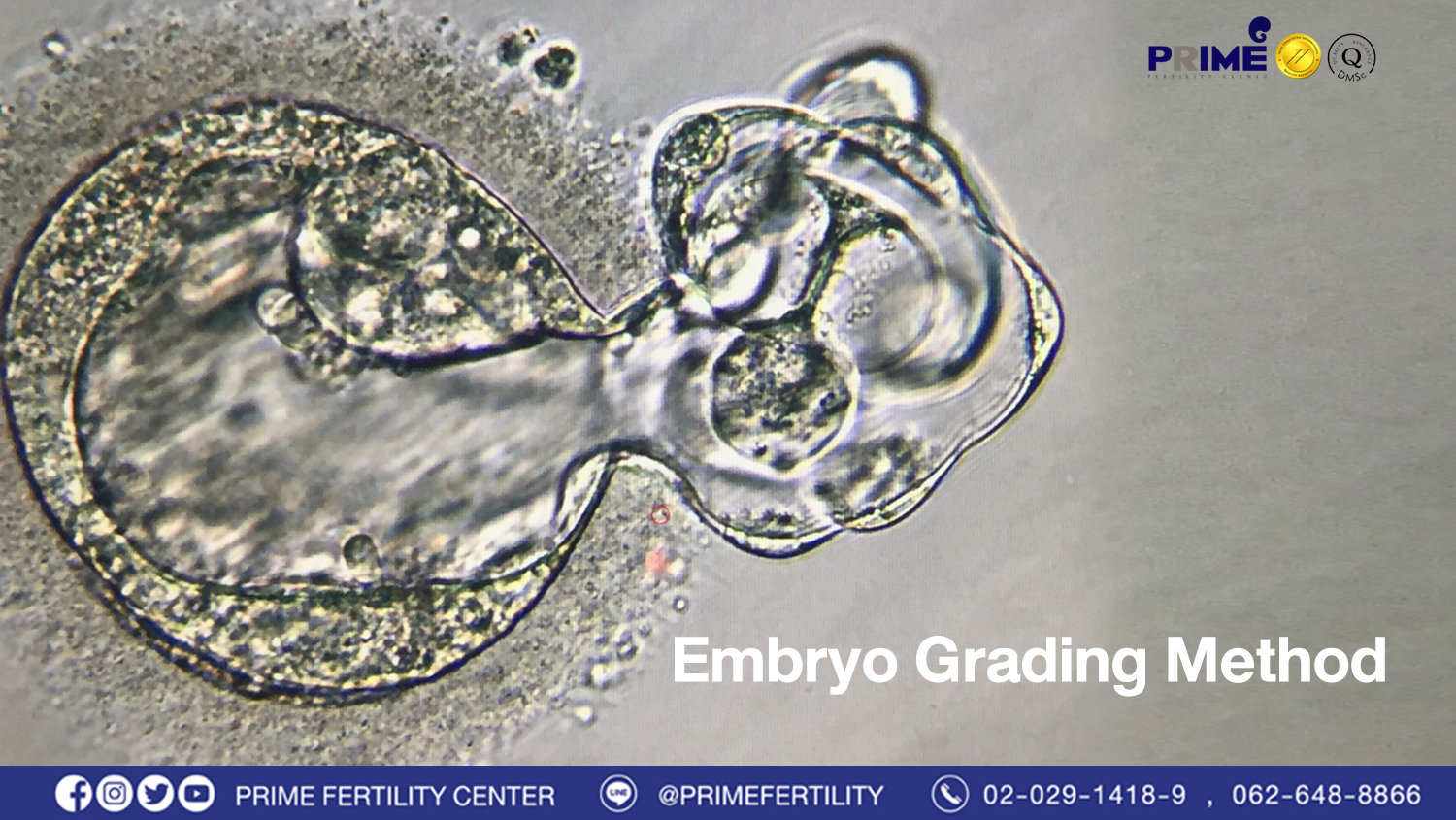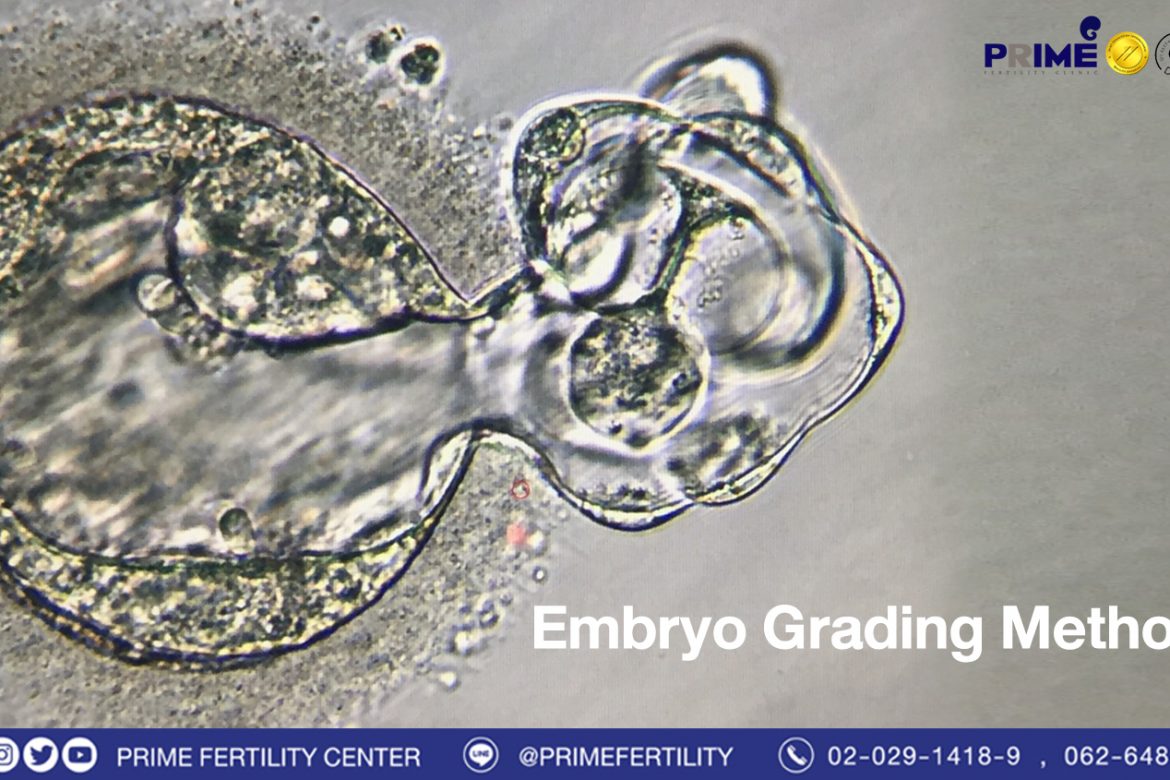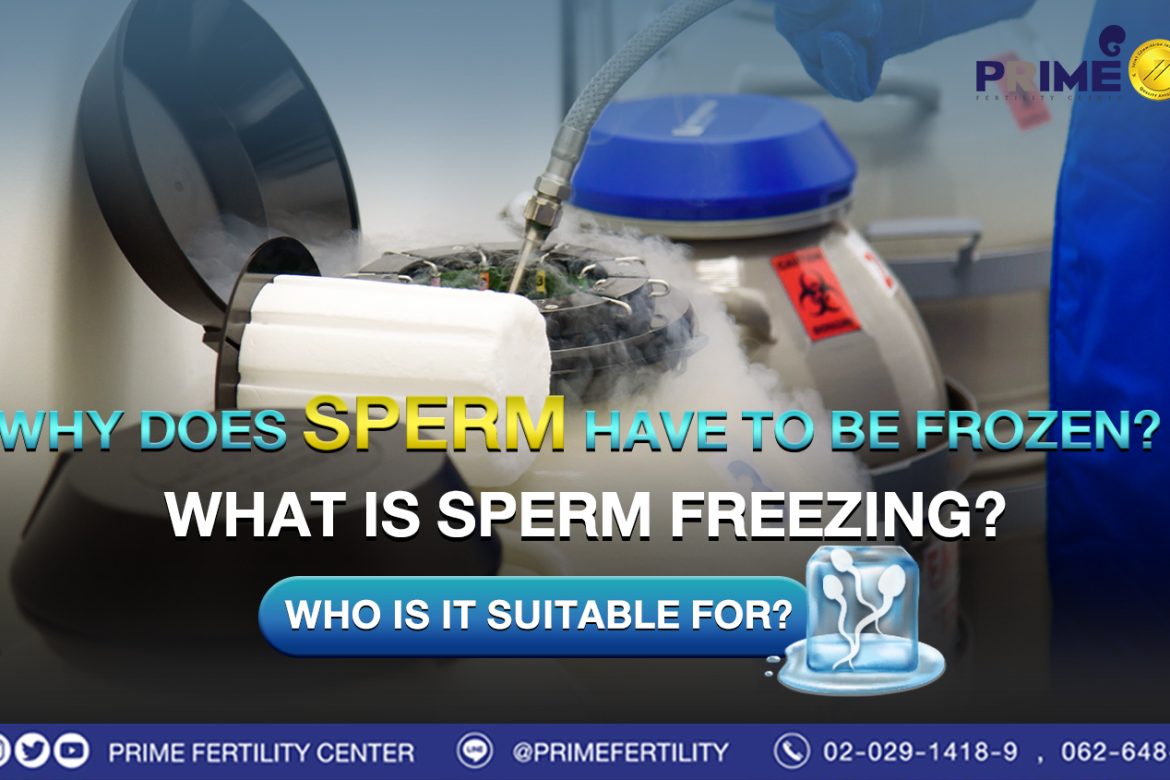After fertilization of egg and sperm, the fertilized eggs will be cultured at the laboratory. The embryologist will carefully take care of the embryos.

The embryo development period is approximately 5 – 6 days. During this period, the embryos are graded to evaluate their quality before selecting the best embryo for transferring back into the uterine cavity.
Embryo Grading Procedures
Embryo grading or scoring will be done with two stages of embryos: cleavage stage and blastocyst stage. There will be the different details as following:
- Embryos in Cleavage stage are categorized into 3 grades:
Cleavage stage is the stage of cell division in the embryo. It is the stage after 24 – 72 hours of egg and sperm fertilization. It supposes to be above 24 hours but not longer than Day 4. The grading will be based on the embryo scoring international standards of the Istanbul Consensus Scoring System 2011 by considering cell morphology and symmetry. Embryo grading in this phase is categorized into 3 groups:
– Grade 1: The embryos consist of blastomeres, or the embryo cell division shows a beautiful round shape, similar size, no fragmentation (small fragments or broken pieces of abnormal embryo cells), or the fragmentation is less than 10%. The embryos in this grade are more likely to reach blastocyst stage.
– Grade 2: The embryos consist of blastomeres, or the embryo cell division is slightly different in sizing and the fragmentation is around 10 – 25%.
– Grade 3: The embryos consist of blastomeres, or the unsymmetrical cell division. The fragmentation is more than 25% or more than 1 of 4 of the embryo. In this case, we may not find the actual embryo cell at all. However, these graded embryos will be cultured as usual because there is potential to grow into blastocyst stage even though the embryo cells might not be beautiful or incomplete. According to the embryo culture method that separates each embryo per one drop, we will not discard them but take care further. There are opportunities to grow up with a little poor physical appearance.
After the embryos grew past the cleavage stage, they will develop into the blastocyst stage.
- Embryos in Blastocyst stage
The stage that the embryos reach 5 – 6 days after fertilization. After culturing the embryos to Day 5 – 6 or the blastocyst stage, embryo grading will be performed again referred to the international grading system of Gardner and Schoolcraft (1999). Embryo grading in this phase is categorized into 6 grades considering the following factors:
1. Expansion: Shape of embryo cells in blastocyst stage
2. Inner Cell Mass (ICM): The cell that will develop into an embryo and implant inside the uterus.
3. Trophectoderm: The cell that will develop into a placenta then adhere to a uterine wall.
Blastocyst grading is primarily based on these 3 parameters:
1. The expansion is categorized into 6 grades considering the blastocyst growth stages as following:
- Early Blastocyst or Expansion Level 1: The blastocoel is less than 50% of the embryo volume (during the blastocyst stage, the cell moves to build a cavity inside the embryo. This cavity is called a blastocoel).
- Blastocyst or Expansion Level 2: The blastocoel is greater than 50% of the embryo volume.
- Full Blastocyst or Expansion Level 3: The blastocoel is fully mature in the embryo, and the embryo begins to grow larger.
- Expanded Blastocyst or Expansion Level 4: The blastocoel volume is larger than the first three embryonic stages. The eggshell or zona pellucida is half-size thinner, and the embryo size is getting bigger.
- Hatching Blastocyst or Expansion Level 5: The part that will grow into a placenta or trophectoderm begins to hatch out of the eggshell.
- Hatched Blastocyst or Expansion Level 6: The embryo hatched out of the eggshell.
2. The Inner Cell Mass or ICM is categorized into 3 grades of A, B, C.
Grade A: There are many cells, which are clinging together as a group.
Grade B: There are not many cells, which are loosely grouping, and some are spreading out of the group.
Grade C: There are very few cells, or the Inner Cell Mass may not be visible.
3. The Trophectoderm is categorized into 3 grades of A, B, C.
Grade A: There are many cells. The cell sizes are lining up evenly and beautifully.
Grade B: There are not many cells. The cells are loosely grouping, or the size and cell are lining up unevenly, and the sizes are mixed between small and large.
Grade C: There are very few cells. The cell sizes are small, thin, and uneven.
At Prime Fertility Clinic, we are grading the embryos based on the grading criteria. Once graded, the embryologist will record each embryo in detail thoroughly.
After getting the results of all 3 parts, we will assess them all together again. The results will be the primary assessment tool for selecting the embryos to be transferred into the uterine cavity. For example, an embryo with Grade 6 A B or 6 B B would be a priority choice suggesting for implantation.
The selection is focusing on all 3 factors. The Inner Cell Mass factor will be the first concern as a good quality ICM will ensure growth after implantation because it is the vital key of the embryo.
The embryo grading relates to the success rate. Even if the embryo got a poor grade, but there is still a chance for implantation. In case the cells have no any abnormalities, there is still the opportunity that the embryos will implant into the uterine cavity then develop into a fetus respectively. Sometimes even a well-graded embryo with abnormal chromosomes is not suitable for implantation. Therefore, if the patient is older than 35 years old or experienced two miscarriages or above, either husband or wife may have abnormal chromosomes. The embryo chromosome testing will be applied before transferring into the uterine cavity for more confidence.



